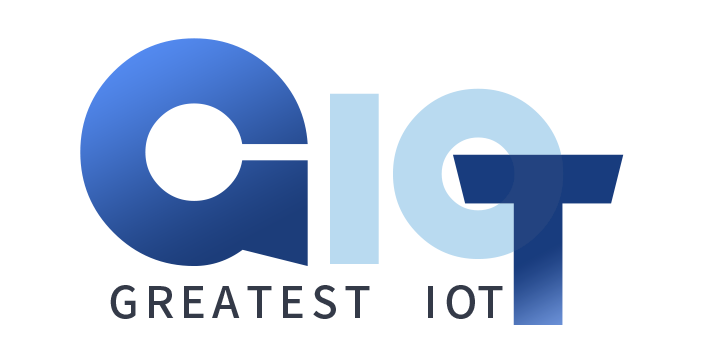In recent years, however, as hyperconnectivity has become commonplace in the industrial and commercial world, organizations have realized the importance of tracking assets as one of the most crucial tasks, in order to facilitate the understanding of efficiency levels and losses that arise within the organization. Of the many tools available in this field, the UHF RFID tag is one of the most prevalent and effective technologies that utilizes radio frequency identification that ranges between 860 MHz to 960 MHz. This extends to how the UHF tags have changed aggressive movements in improving the accuracy of asset management and why such hardware should be considered by any business that wishes to leverage the movement and management of inventory.
The workings of UHF tags
Passive RFID tags, which are UHF tags, work in the sense that they do not contain any internal power source to receive, absorb, or bounce back a signal that contains unique identification information from an RFID reader. Able to save when reading a few widgets of the order of up to a meter or several meters UHF also other advantages as the range of transmission range of VRs rather than the use of these tags being used considering expense proximity scanning of a few centimeters to them.
In addition, they are more efficient in data storage due to the application of smart chips that integrate information from the passive with more advanced computing, thus making it possible to store complete as well as detailed asset migration, condition, and even some senior ability of virtual and physical objects attached to the assets.
Improving the Level of Tracking Accuracy
UHF tags offer a new focus on asset tracking’s accuracy which is the biggest merit to be addressed moving forward. Some existing approaches such as barcode scanning and manual data entry are well-known to have some human error as well as optical access problems in dynamic or messy environments. On the contrary, UHF tags can be functional in non-line-of-sight situations because they can be scanned through non-metal such materials as cardboard boxes or plastic wraps and sometimes even when they are at least partly covered, thus lowering the errors and enhancing inventory control.
Also, UHF tags offer the capability of tracking the location of an asset and this makes it possible to locate an asset at any point in time around the supply chain starting from the manufacturing floors and warehouses, being transported and ending with the end customers. Such visibility enables an organization to detect variances sooner than later thereby minimizing loss or theft and ensuring that timely repairs or replacements are done.
Expansion Potential and Efficient Cost
One more prominent advantage of putting UHF tags into practice for asset inscribing is their scalability. For sprawling organizations with increased asset count, deploying additional UHF tags in the system is easy and within the budget. The capital cost incurred at the onset of adopting the RFID system is quickly recovered in improved performance, lower shrinkage, and improved customer service.
Finally, it can be said that UHF tags are a revolutionary aspect as far as asset tracking and management are concerned due to their enhanced accuracy, high scalability, and greater integration possibilities. It will be important for the management of smart assets by use of these technologies and compatible robust IoT platforms in this fourth industrial revolution to drive productivity and sustainable growth in all domains.

Copyright © ©Copyright 2024 Greatest IoT Technology Co., Ltd all rights reserved - Privacy policy